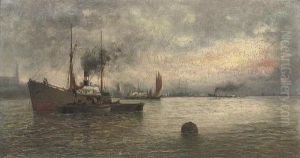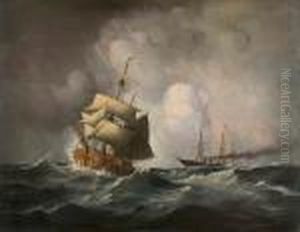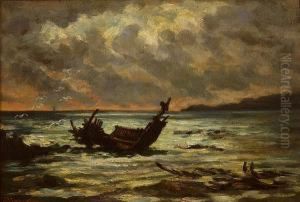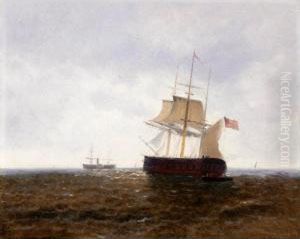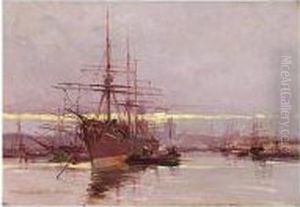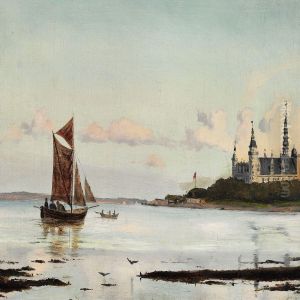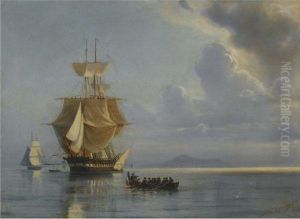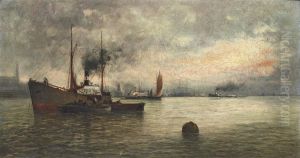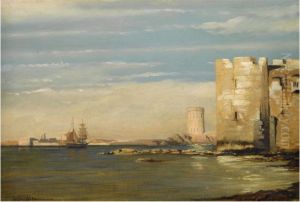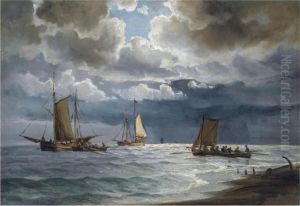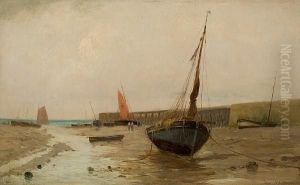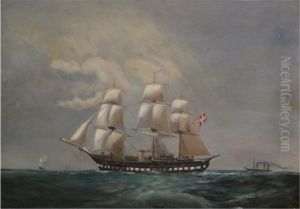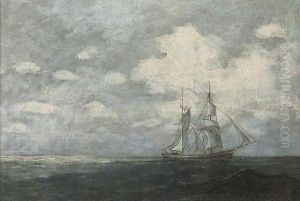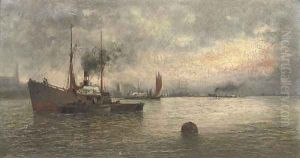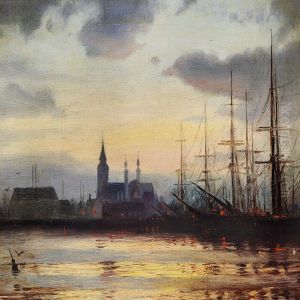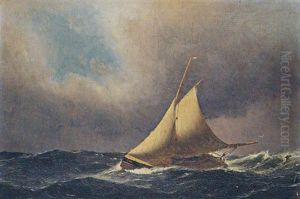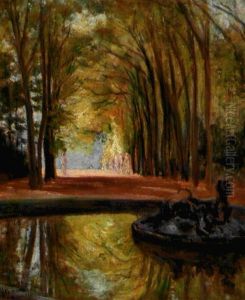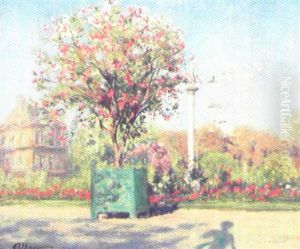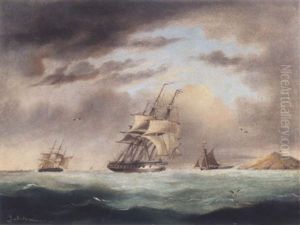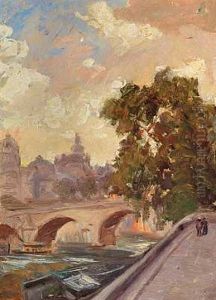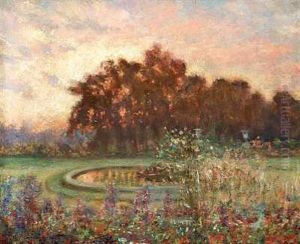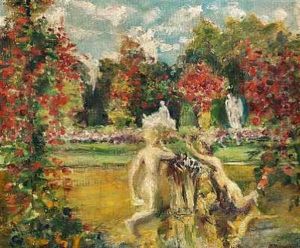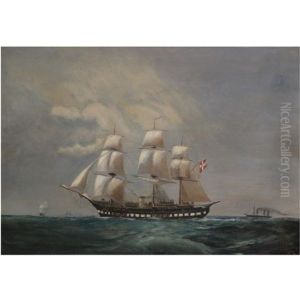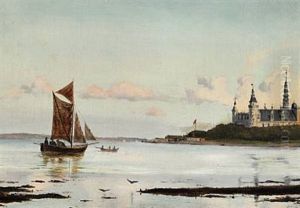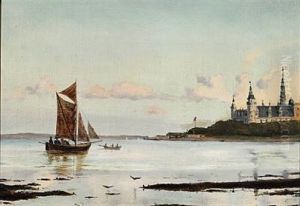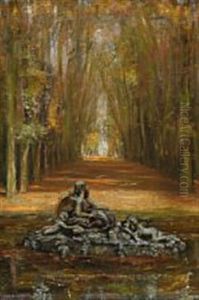Ioannis (Jean H.) Altamura Paintings
Ioannis Altamura, also known as Jean H. Altamura, was a Greek painter born in 1822 in Istanbul, which was then part of the Ottoman Empire. He was part of the prominent artistic movement of the 19th century, contributing to the rich tapestry of European art during a period of significant cultural and political change.
Altamura moved to Athens in his early years, where he was exposed to the burgeoning Greek art scene. This was a time when Greece was undergoing a process of national revival and cultural renaissance following its independence from the Ottoman Empire in 1830. In Athens, Altamura would have been influenced by the neoclassical architectural projects and the rediscovery of ancient Greek art and literature that characterized the period.
He later traveled to Italy, which was a common destination for artists seeking to perfect their craft in the 19th century. There, Altamura studied at the Academy of Fine Arts in Naples. The vibrant art community and the rich artistic heritage of Italy had a profound impact on his work. He absorbed elements of the Italian tradition, particularly the Romanticism that was popular at the time, which often emphasized dramatic and emotional subjects.
Throughout his career, Altamura became known for his historical paintings, portraits, and religious themes. His work often reflected the Romantic spirit, with a focus on expressive brushwork, vivid color, and a strong sense of drama. He was adept at capturing the human figure, and his portraits were praised for their lifelike quality and psychological depth.
Altamura's contributions to Greek art were significant, as he was among a group of artists who helped to define the visual culture of the newly independent nation. He played a role in shaping the identity of modern Greek art by blending elements of Western European styles with local traditions and subject matter.
Sadly, Ioannis Altamura's life was cut relatively short when he passed away in 1878. Despite his premature death, his legacy lived on, and he is remembered as a key figure in the history of Greek art. His works can be seen as a bridge between the classical past of Greece and the modern nation it was becoming, encapsulating the spirit of his age and the aspirations of his people.
